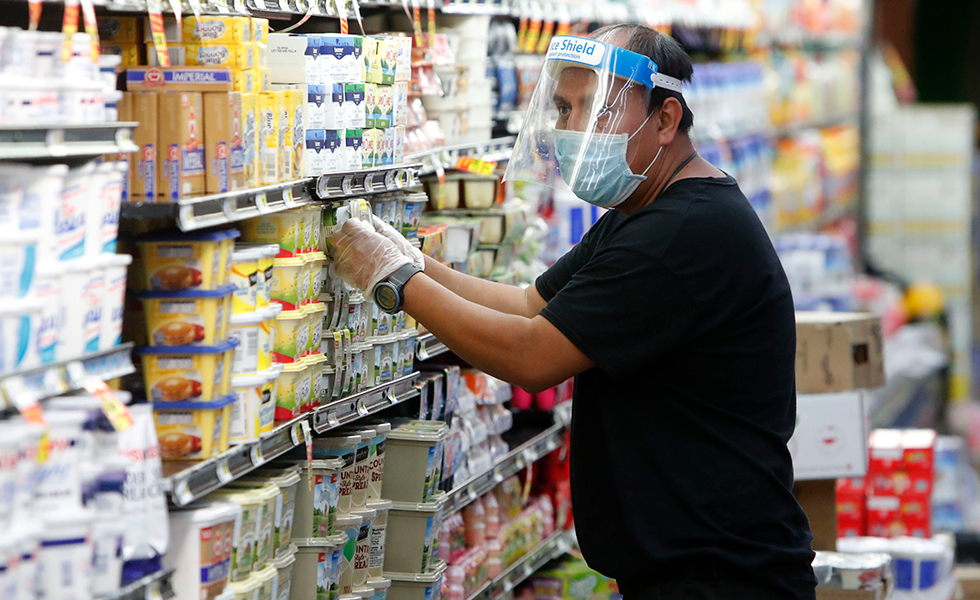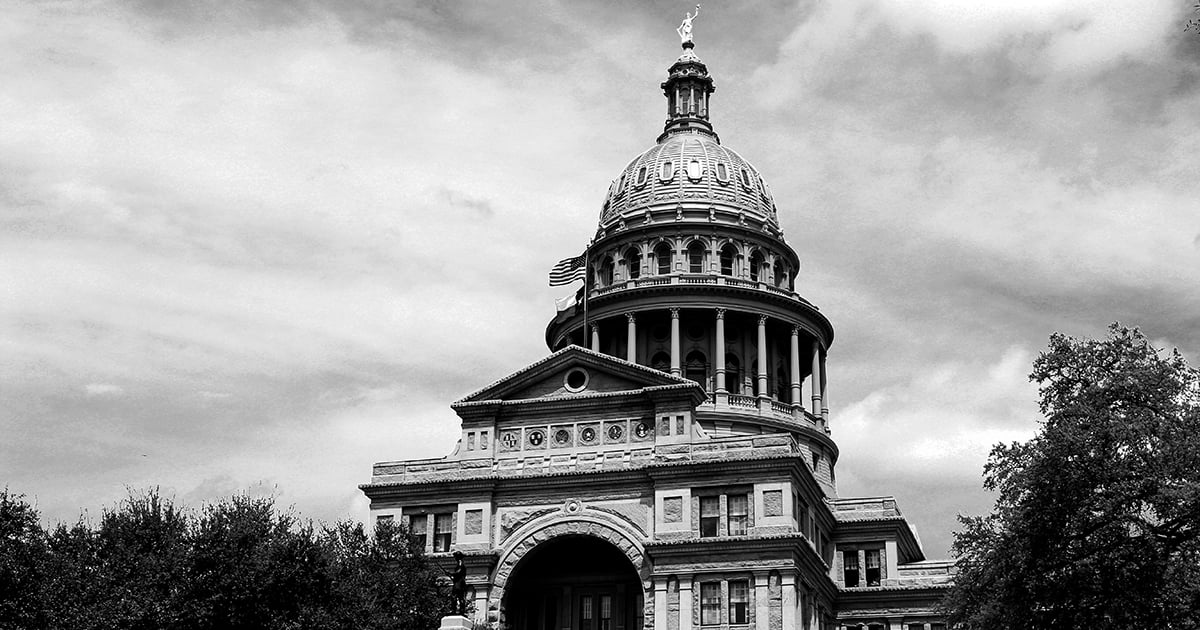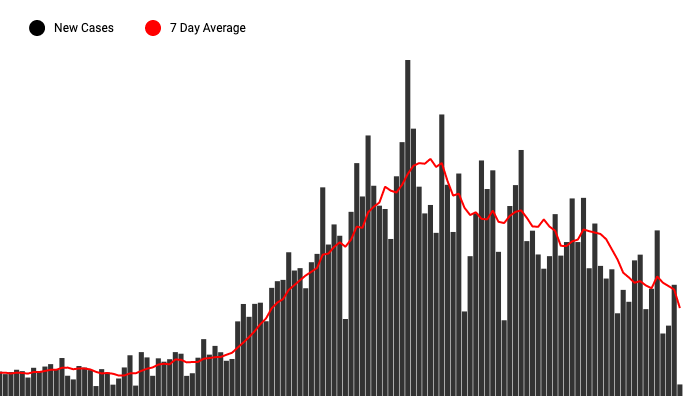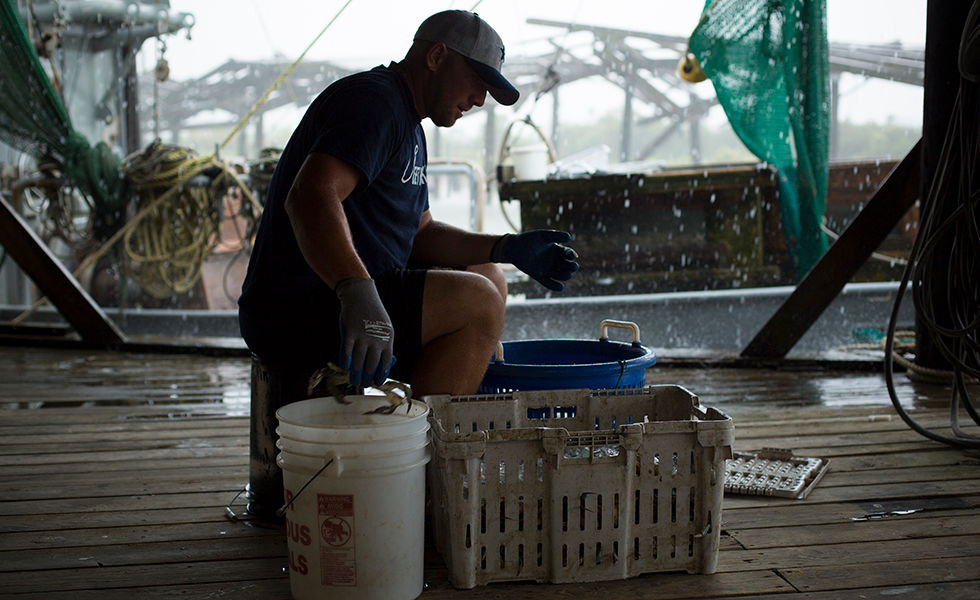
In the COVID-19 Economy, Texas’ Commercial Fishermen Are Barely Treading Water
If restaurants crater, it’s unclear what that might mean for Lone Star commercial anglers. Will the tradition of small-scale fishing scrape by—or has the industry sprung a fatal leak?
On Bolivar Peninsula’s bay side, just beyond Delino Comeaux’s small bait camp, all that’s left of the boat stalls across the canal are jagged shambles, crisscrossed like pairs of splintered chopsticks reaching into a murky green-and-brown roux. Hurricane Ike’s scars are lasting reminders of the choppy waters commercial fishermen face daily—useful templates for how to bounce back after you wake up one morning and your life has blown away. For fishermen and their families, a good harvesting season doesn’t mean the next will be as successful. A bad season isn’t a guarantee the following will improve.
Comeaux sells blue crabs and fishing bait for a living, a trade passed down from his father. He’s among Galveston County’s last commercial crabbers and considers himself lucky to be in this line of work, to put food on the table for his family. These days, as the COVID-19 pandemic grinds the nation’s economy to a halt, he also understands that he’s lucky to be able to put food on the table. When Texas officials first enacted the statewide stay-at-home order in late March, Comeaux’s blue crab wholesales to local restaurants dipped temporarily, but thanks in part to the apparent boredom among Texas’ coastal dwellers, his bait sales skyrocketed during quarantine.
When the going gets boring for Texans, it seems, we go fishing. “I did lose some [income], but not nearly as much as you would think. Crabs are like crawfish—people get together to eat them,” Comeaux tells the Observer, noting how a crab boil’s communal nature goes against recommended social distancing guidelines. Comeaux’s cousin from a few miles down the peninsula, who harvests oysters, had more trouble moving his product. “He ended up having to freeze [the oysters] because he sells to restaurants.”
Most of Texas’ commercial fishermen have seen similar struggles. As has been the case across food industries, the pandemic’s economic fallout on Gulf Coast commercial anglers and local wholesalers brought their boats and operations ashore like a summer storm. Their financial livelihoods and the industry’s future, as well as generations of rich commercial fishing tradition, are at stake. About two-thirds of U.S. seafood consumption is done through a restaurant, whether around a table or forked out of a to-go container, according to the advocacy group Southern Shrimp Alliance. So when Texas’ stay-at-home order went into effect, despite some exceptions, fishermen’s sales lines dried up. Although Governor Greg Abbott allowed the order to expire on May 7, the majority of eateries are still at only partial capacity through at least June. The supply chain through which fishermen sell their catch remains mostly on hold.
Without restaurants, in other words, seafood demand plummets. Once the sales are gone, there’s no opportunity to make them up, says Tom Hults, president of the wholesale and processing company Seabrook Seafood. “It’s had a huge impact on the company,” Hults told the Observer. Normally at the start of each season, his company has already sold off all the product stored over winter so there’s enough cash to buy fresh fish come springtime. “This year, all that’s out the window. It’s a whole new ballgame.”
Commercial angler Buddy Guindon, who co-owns Katie’s Seafood Market with his wife, Katie, says their operation in Galveston felt the pandemic’s impact almost immediately. When local restaurants mostly closed up shop, they were forced to cut their employees’ fishing trips short. Where commercial fishermen will sometimes spend two weeks at sea, if not longer, or until the boat is nearly out of fuel or them out of water, Guindon was forced to scale back by mandating employees take turns going out on the water for up to six days at a time to catch what they could and make some money. The lack of work began to wear on some of the guys, who found themselves at fish house more than at sea, Guindon says. “I got questions like, ‘Should I start looking for another career? What are we going to do?’” Guindon says. “We didn’t know what to say to each other, really. ’Cause I didn’t know what was going to happen and certainly they’re depending on me to figure it out. It was stressful, and I’m sure it was stressful on the families as well.”
While they managed to avoid early layoffs, “we’re just not making any money,” Guindon says. Their retail sales, like at farmers markets and grocery stores, are up. But their business’s wholesale side is down 85 percent–a steep spread to cover considering wholesale makes up 85 percent of Guindon’s business. “At first, everybody was dumping the products they had available,” Guindon says of how fishermen were forced to dump thousands of pounds of fresh catch that would have spoiled otherwise before they were able to move it at the retail level. “I’m sure that played into it and gave us a few weeks of zero sales, which was really scary in the beginning––to think that maybe [the commercial fishing industry] wouldn’t come back, maybe this is the new world order.”
Historically, Texas’ commercial fishermen have proved resilient. But like the boat stalls near Comeaux’s bait camp on the peninsula, the Gulf region’s seemingly routine economic and environmental catastrophes serve as glaring reminders of the industry’s fragility in recent years.
In the 1990s, as Asia and South America’s emerging economies entered the global seafood trade, an influx of cheap farm-raised seafood imports hemorrhaged the domestic industry’s bottom line—a problem that still looms largely today. Hurricane Katrina in 2005 rocked the Gulf Coast in its entirety, as did Hurricane Rita that same year and then Hurricane Ike in 2008. In 2010, the BP Deepwater Horizon oil spill washed more than 49 million barrels across the southern coast, leaving decades-worth of ecological devastation in its wake. More recently, Hurricane Harvey, in 2017, and a subsequent series of so-called 500-year floods dumped enough freshwater into Galveston Bay to bottom out its salinity levels, a disaster that sends saltwater species that manage to survive the freshwater surge deeper into the Gulf’s distant and deep waters. Runoff from a nearby petrochemical facility fire leaked hazardous chemical substances like polyfluoroalkyl into the bay last year, and a collision between two large barges hauling gasoline in the Houston Ship Channel compounded the bay’s already long-standing ecological sore spots.
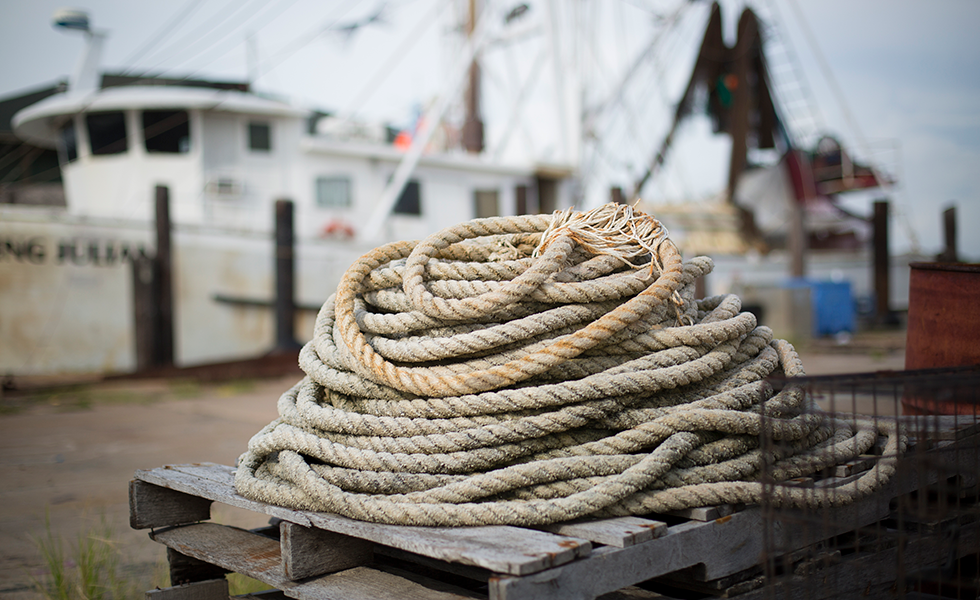
The ills befalling Texas’ commercial fishing industry go beyond the ongoing climate crisis and the oil and gas industry’s malfeasance. From a present aperspective, if the nation slips into an economic recession in the coming months, market fluctuations are likely to depress the value of fishermen’s wholesale catch as many Americans cook at home more often to save money, rather than order takeout or at a restaurant.
In the near future, as many of Texas’ active commercial anglers near retirement age, a lack of youth willing to take on the tradition of harvesting from the Gulf awaits them. Experienced fishermen are hard to come by if there aren’t many boats to go out on. Neither are there many folks who are keen on spending up to a month with three or four other people on a small fishing boat in the Gulf of Mexico’s wide-open, powerful expanse.
For those not fortunate enough to inherit a commercial fishing opportunity but who hope to enter the industry, the amount of necessary capital makes the industry largely inaccessible to most newcomers. A boat could cost a hopeful fisherman as much as $200,000, and that’s not counting the tens of thousands of dollars still needed to purchase and then install the necessary fishing equipment. Despite the current drop in prices, the cost of fuel for a boat adds up quickly when you spend weeks at a time out on the water.
But despite Texas’ commercial fishing’s woes, state lawmakers have the ability to stave off worst-case scenarios, industry members say. A strong starting point for Texas’ industry would be the passage of a statewide local-caught law, like the one Louisiana legislators approved last year that requires restaurants to tell customers whether the shrimp or crawfish they serve were harvested domestically or imported. If restaurants omit where their seafood derives from on their menus, they’re required to put a sign at their main entrances stating its country of origin. “People are just not aware and it’s kind of mind-boggling,” Guindon says, referring to how anywhere from 65 to 90 percent of seafood consumed nationally is raised abroad and imported. He thinks a local-caught law would act as an educational device for the public. “That would help in Texas. No doubt.”
Allowing cheap, loosely regulated products to come in from overseas was always begging for a disaster, Hults says. “I’d like to see more of it around the country,” he says. “At the bare minimum, people need to know what it is that they’re eating and where they’re getting it from, and what the problems are.”
In the meantime, as Texas moves to gradually reopen industries across the state in the coming months, Guindon hopes the opening of more restaurants will give a needed boost to the commercial fishing industry. “We’re not so much worried about getting the highest price for our product, but just being able to go through the motions of harvesting and selling and continuing our daily business. It may not be as profitable as it was for a while, but as long as everybody gets to go to work,” Guindon says. “Your mental health is important, too. People are used to working. Sitting at home is not good for them.”
Read more from the Observer:
-
How COVID-19 Upended Texas Prisons: While prison officials insist they’re doing their best in the face of an unprecedented crisis, Governor Greg Abbott has effectively ignored the pandemic inside the Texas prison system.
-
Texas Has Stopped Kicking Thousands of Kids Off Medicaid Each Month During the Pandemic, but Advocates Point to Delays for New Enrollees: Texas’ frequent eligibility checks for kids on Medicaid are on hold during the COVID-19 public health emergency.
-
‘The Pushback’ is an Expansive Look at the Texas Left’s Fight for Power: A new documentary on progressive politics in Texas is an ode to the growing pains of a changing state.
